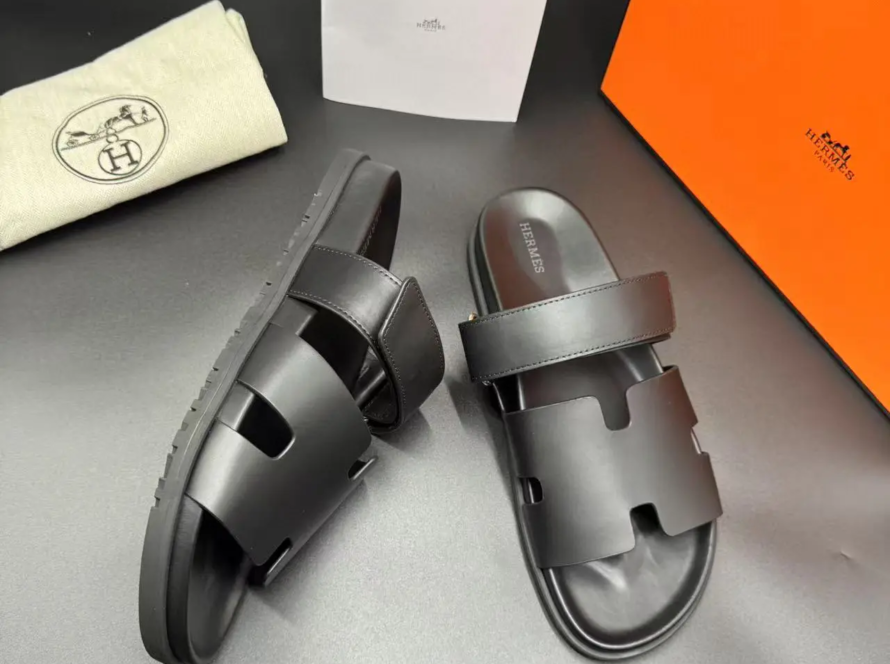
When it comes to buying shoes, one of the most critical factors to consider is fit. Good shoes can vary in comfort, performance and overall satisfaction. One aspect of the shoe fit is often overlooked, but what is crucial to achieving a perfect fit is width. In this article, we will dive into the world of shoes’ width, explore the meaning of a shoe’s width, how it affects the right width and how to determine the correct width of the foot.
To understand the D-width of a shoe, it is necessary to know that the width of the shoe is measured on different scales, most commonly the American scale. The scale consists of a series of letters ranging from AAA (narrowest) to EEE (widthest), and D is the average width or medium width. Essentially, D-width shoes are designed to fit the average foot, providing a comfortable and comfortable fit for most people.
However, the shape and size of the feet vary from person to person. Some people have feet that may be narrower or wider than average, which is the importance of choosing the right shoe width. Choosing the right width of shoes can prevent discomfort, blisters and even injuries. For example, wearing shoes that are too narrow can cause toe clamping and foot pressure, while shoes that are too wide can cause foot slipping, resulting in blisters and instability.
Determining the appropriate shoe width involves considering the length and width of the foot. Although the length of the shoe is simple, the width is more complicated. You can determine the width of your shoes by usually found in paper shops or by using magnolia equipment. These measurements can then be matched with the footwear manufacturer’s size chart to find the perfect fit.
It is also worth noting that different footwear brands and styles may explain the composition of the composition d width differently. Even in the same width name, some brands may be narrower or wider than others. Therefore, it is crucial to try your shoes and walk around to make sure they feel comfortable and supportive before purchasing.
In addition, advances in footwear technology have led to more precise and customizable fits. Many brands now offer a range of widths, even offering options for different parts of the foot, such as narrower heels and a wider toe box. This level of customization allows consumers to find shoes that cater more closely to their individual foot anatomy, thereby enhancing comfort and performance.
In short, understanding the D-width in the shoe is essential to finding the perfect fit. This involves not only the length of the shoe, but also ensuring the width fits into the unique shape of your feet. By knowing the size of your foot and knowing how to measure the width of your shoe, you can make informed buying decisions to prioritize comfort and support. Whether you are looking for sporty performance, casual clothing or formal clothing, the right shoe width can make your shoes feel and perform differently.
FAQ:
Q: What does the width of the shoe mean?
A: D-width refers to the mid-width or average width of the shoe, designed to fit the average foot comfortably.
Q: How do I know the width of my shoes?
A: You can determine the width of the shoe by tracking the foot on paper and comparing it to the size chart, or use the Brannock device available in the shoe store.
Q: Will shoelaces differ between brands?
A: Yes, different shoe brands and styles may explain different compositions that make up the width of D, so you must try the shoes before purchasing.
Q: Are there any health benefits to wearing the right shoes?
A: Yes, wearing shoes of the right width can prevent discomfort, blisters and injuries by providing enough support and minimizing friction.
Q: Do all types of shoes have different widths?
A: While many types of shoes come in a variety of widths, choices may be limited for certain styles or brands. It is always best to verify availability with the manufacturer or retailer.




